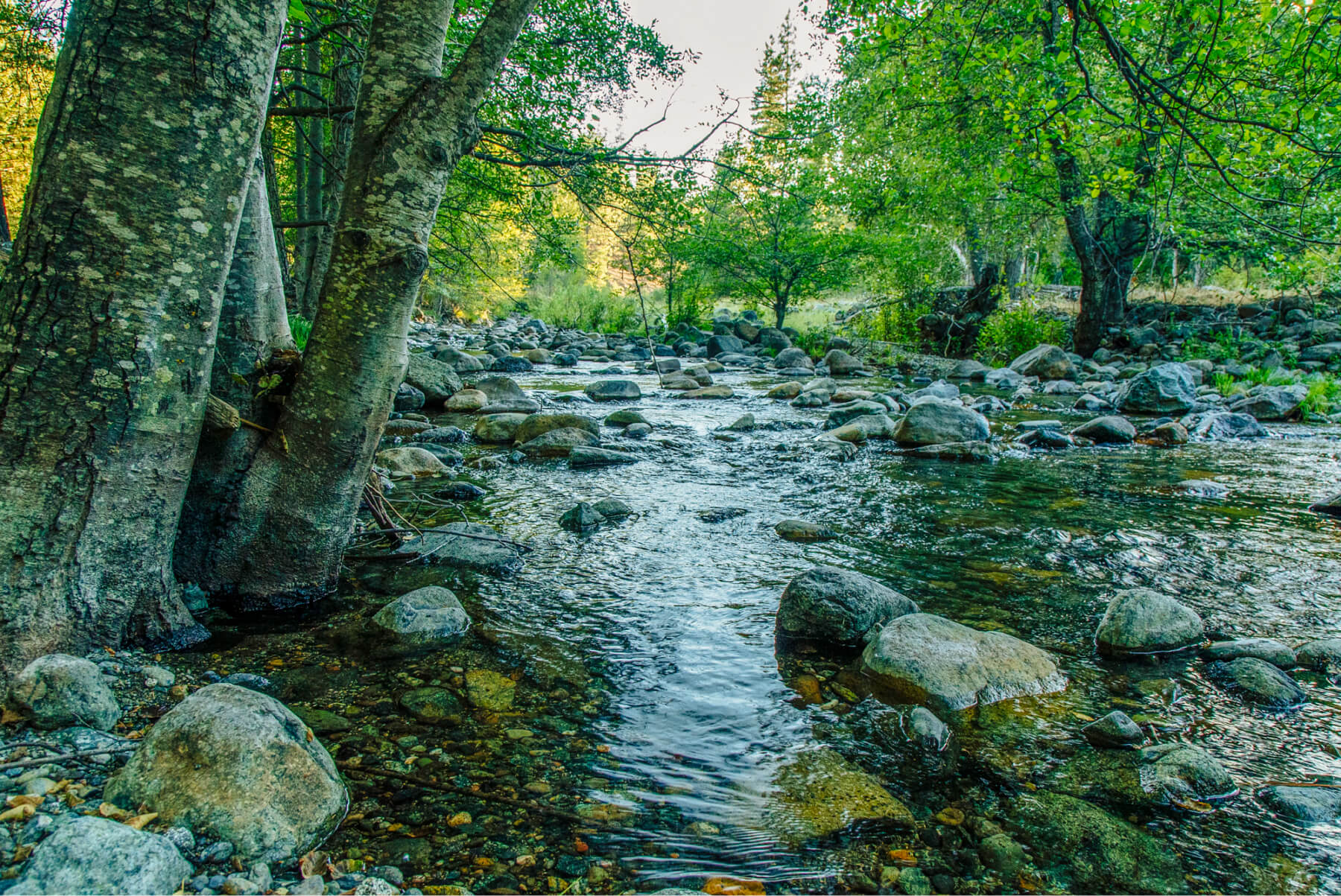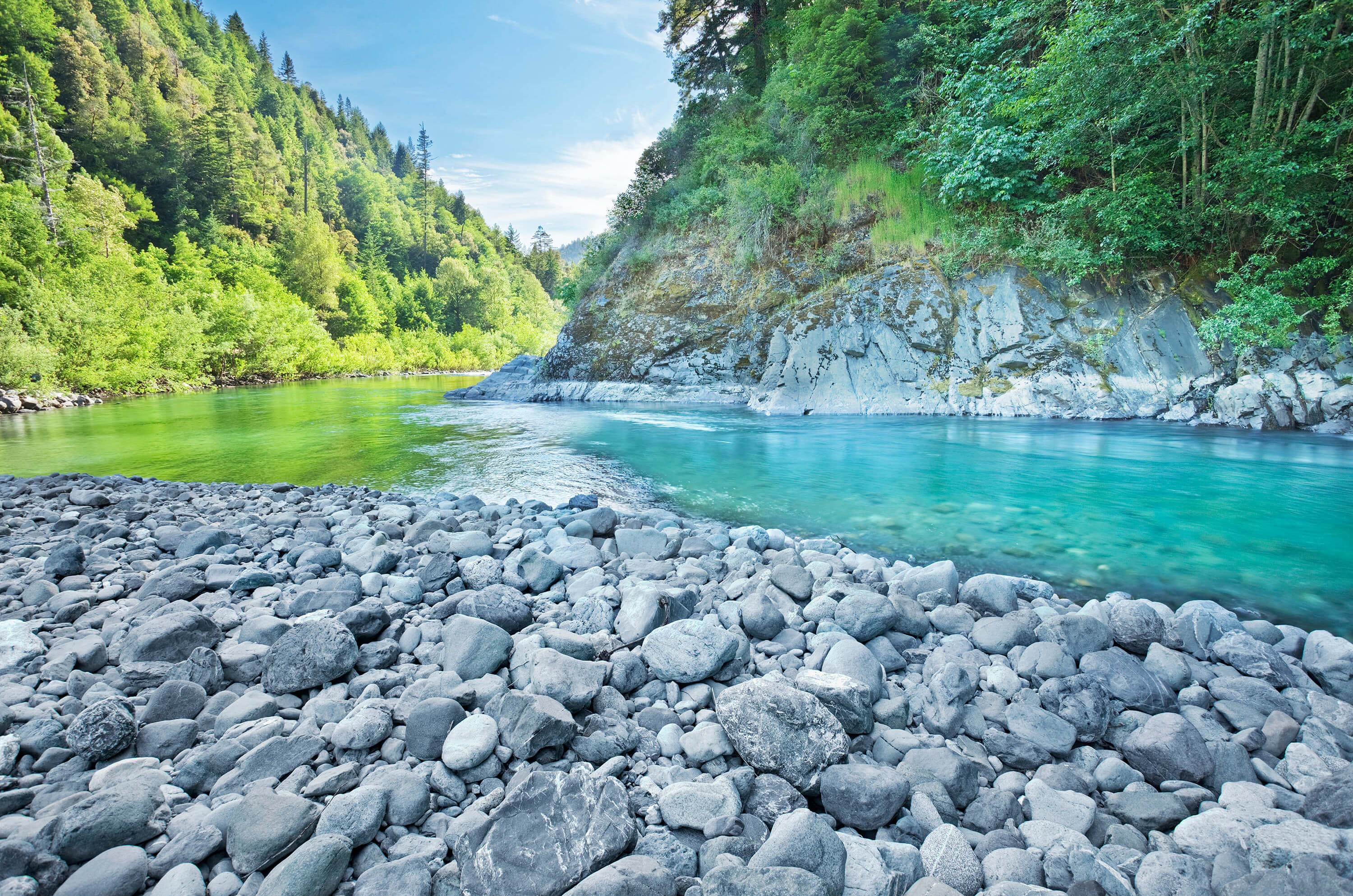A California coho stronghold
In California, coho salmon are endangered throughout much of their range and only possess the slightly favorable status of threatened in the northernmost reaches of the state. When it comes to their survival in California, the Scott River, a major tributary to the Klamath River, is of utmost importance. Producing over half of the state’s wild coho, the Scott River has clear water, abundant spawning beds and no main-stem dams to impede fish migration. Yet, since the days of the Gold Rush, the Scott River has been dramatically transformed, and the river and its fish face a myriad of challenges, from water diversion and diking to deforestation and drought. Perhaps the greatest stressor on coho today is the lack of water. Frequently, there is simply too little water in the river and its tributaries to sustain healthy populations of spawning, holding and rearing fish.
Returning water, saving habitat
Building on our efforts within the Klamath River basin, Western Rivers Conservancy has successfully conserved the Bouvier Ranch on the South Fork Scott River, the largest, cleanest and coldest tributary to the Scott. The effort allowed us to return significant flows to the South Fork Scott River by conveying the property’s senior water rights to Siskiyou Land Trust, which allows for a dedicated 2.6 cubic-feet-per-second in-stream for the benefit of coho, Chinook salmon and steelhead. Keeping this water in the South Fork Scott will increase summer-time flows by up to 20 percent, exactly when the river and its fish need those flows the most.
The project also conserved 2.5 miles of designated Critical Habitat for southern Oregon/northern California Coast coho. Combined with the rare opportunity to return water to the South Fork Scott, this is a major step in the right direction for the Scott River and its fish. And that step is vital. Millions of dollars have been invested in coho recovery within the Klamath Basin, and the one thing it all hinges upon is the presence of water in the river. WRC’s efforts at the Bouvier Ranch added significant flows to the Klamath’s two most important coho streams and helped guarantee the success of these investments while improving the health of the greater Klamath River system itself.
Funding for the Scott River Project was made possible through generous contributions from multiple sources, including the David and Lucile Packard Foundation, The Joseph and Vera Long Foundation, the Bella Vista Foundation, the Betlach Family Foundation, the Giles W. and Elise G. Mead Foundation and with the generous support of many additional individuals, foundations and businesses.








